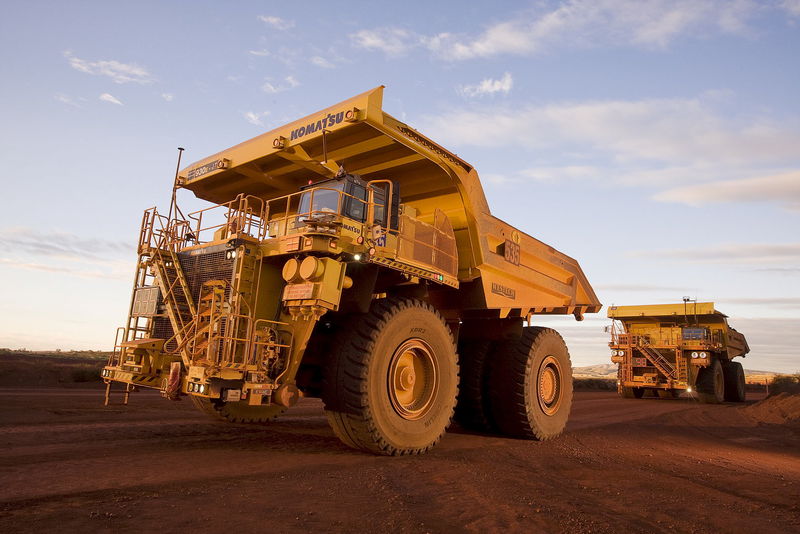In the diverse tapestry of mining methodologies, alluvial mining stands out for its unique approach to extracting precious metals. This technique is often employed in the pursuit of gold, platinum, and tin. These metals, with their remarkable density, are found nestled in sedimentary deposits in riverbeds, deltas, and coastal plains, having been transported there by the relentless flow of water over millennia.
The environmental footprint of alluvial mining is significantly less disruptive than other forms of mining. The extraction process takes advantage of the natural deposition of metals, requiring minimal landscape alteration. Miners typically use the panning method, a manual technique allowing the sediment to be gently washed away, leaving the heavier metals behind. This method, while labor-intensive, has minimal ecological impact.
However, with technological advancements, more sophisticated methods have emerged, employing sluices, dredges, and other mechanisms that expedite the separation process, segregating valuable particles from sand, gravel, and mud based on density. These methods, while more efficient, carry a higher potential for environmental impact and must be managed responsibly.
Critics often point to the potential for water pollution and habitat disruption. Proponents, however, highlight the low-entry barriers for small-scale miners and the method's historical significance, as it echoes the gold rush era practices. For many communities in developing regions, alluvial mining is not only a source of income but also a cultural legacy.
The market for alluvial gold remains robust, with a steady demand for sustainably sourced minerals. In the London Stock Exchange (LSE), companies involved in ethical alluvial mining practices have garnered attention from motivated private investors, keen on balancing profitability with environmental stewardship.
It is essential to note that alluvial mining operations, while less invasive than other methods, still require regulatory oversight to ensure that environmental standards are maintained. The rehabilitation of mined land is a critical component of sustainable practices, ensuring that these landscapes are returned to their natural state, often serving as a habitat for wildlife or as agricultural land post-mining.
As the global market continues to evolve, with a growing emphasis on sustainability, alluvial mining presents an intriguing prospect for investors. It offers a confluence of environmental consideration and economic opportunity, resonating with the ethos of an increasingly eco-conscious investor base.
Looking ahead, the role of alluvial mining in the broader mining industry will likely be shaped by advances in environmental science and a collective push towards sustainable practices. As this method of extraction treads a delicate balance between economic gain and environmental impact, its future will depend on ongoing innovation, regulatory frameworks, and the continued appeal of precious metals within the global market.
In summary, alluvial mining occupies a unique niche in the mining sector, offering a method of mineral extraction that, when executed responsibly, aligns with the burgeoning demand for sustainable practices. For the savvy investor, it represents a potential investment avenue that harmonizes with global trends towards environmental consciousness.
